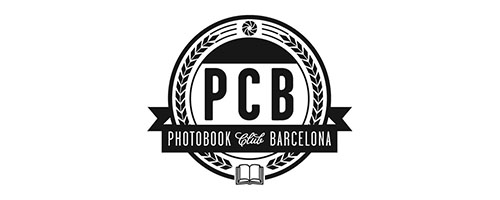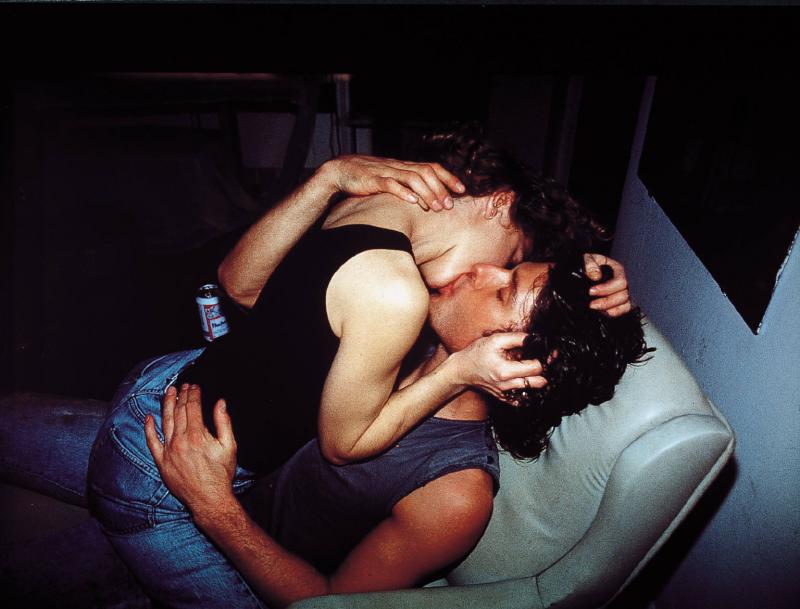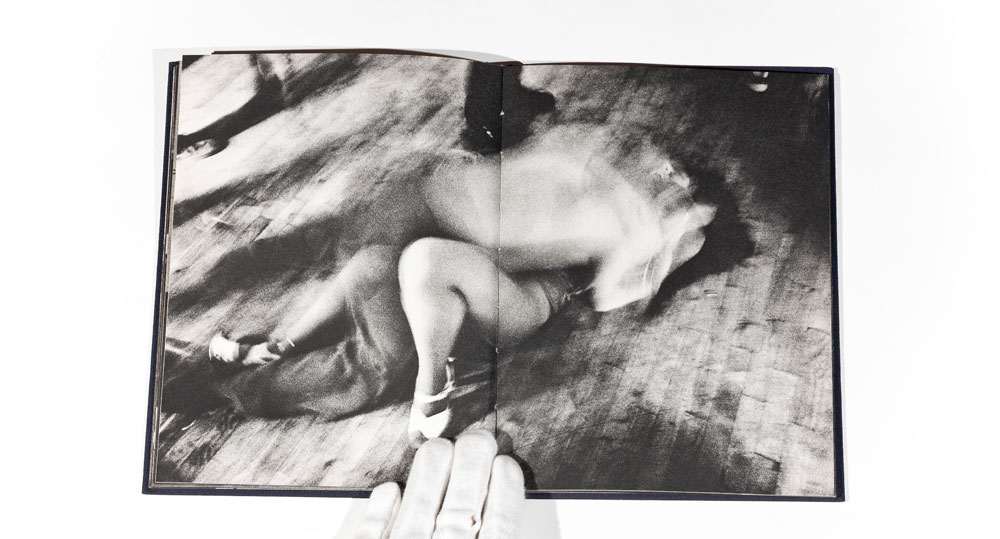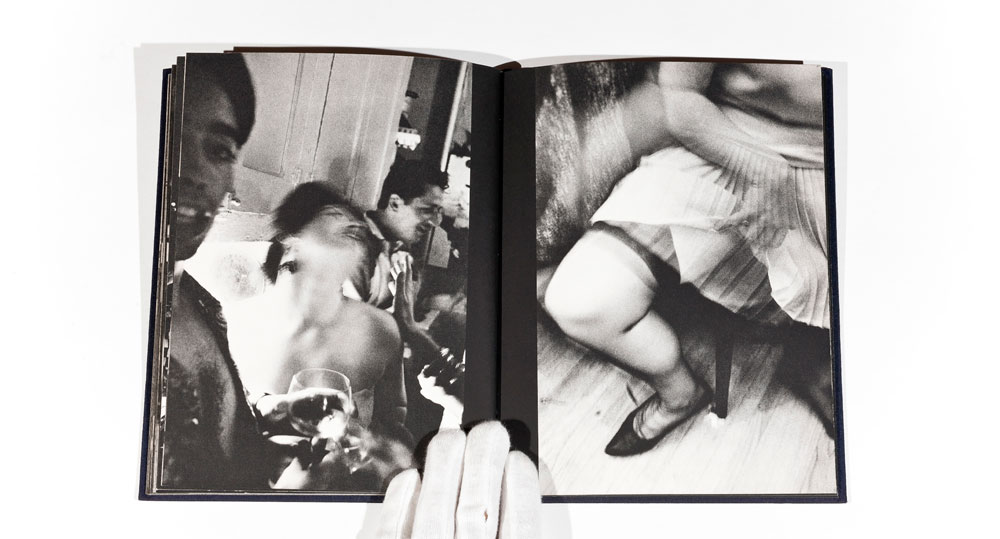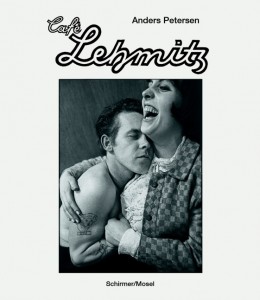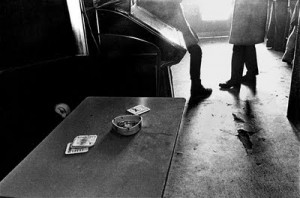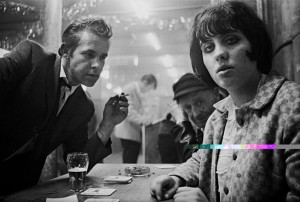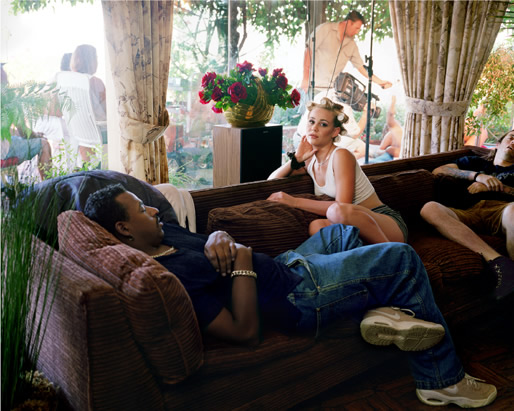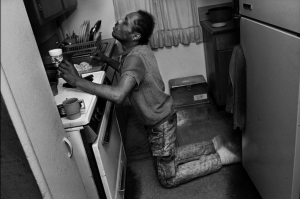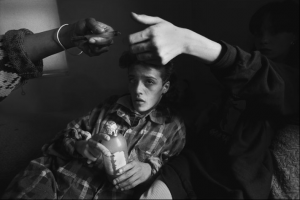Just a quick reminder to anyone who is in Madrid on Tuesday night and loves photobooks, get yourself to the inaugural Photo Book Club Madrid event. All the details can be found at the bottom of this post in Spanish and a perhaps poor English translation, or by clicking here and heading to the Facebook page!
In other meetup related news – Last night Helka Aleksdóttir organized and hosted a meetup in New York which seems to have been a great success, head over to the photobook facebook group that Helka runs for more information, but for now a picture of the event.
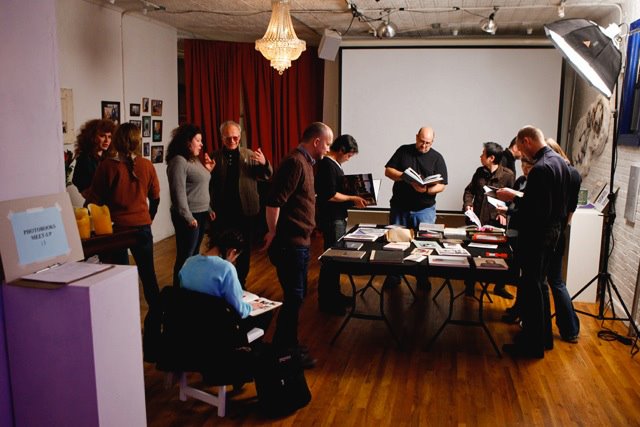
Mathieu Asselin:
Oli’s Meetup in NY was great!, lots of beautiful books, people and a nice screening of the documentary “How to make Books with Steidl… More meetups coming soon. keep posted on Photobook Group on FB.
If and when more meetups take place in NY, I shall post details here and send out to all on the newsletter list.
– Matt
Details on Madrid meetup:
PhotoBook Club Madrid sesión 01
martes, 28 de febrero de 2012
a las 19:00 h.
en la Real Sociedad Fotográfica
c/ Tres Peces, 2
metro: L1 Antón Martín, L3 Lavapiés
t. +34 915397579
Como es la primera reunión todo el que quiera asistir trae un fotolibro que le apasione para compartirlo con los demás. Entre todos hablaremos de ellos compartiendo una tarde alrededor de una mesa y unos cafés.
La entrada es libre, no cuesta nada, no hace falta avisar y no es necesario ser socio de la RSF. Por favor, sed puntuales. Os esperamos con café calentito.
https://www.facebook.com/RealSociedadFotografica
PhotoBook Club Madrid meeting 01 Tuesday, February 28, 2012 19: 00 h. in the Royal Society photo as the first meeting is anyone who wants to attend brings a photobook that you passion to share with others. Together we will talk about them sharing an evening around a table and a few cafes.
Admission is free, costs nothing, there is no need to notify and don’t need to be a member of the RSF. Please be punctual. I hope with warm coffee.
Royal Photographic Society
three fish, 2 c /
metro: L1 Anton Martin, L3 Lavapies
t. + 34 915397579
https://www.facebook.com/RealSociedadFotografica
